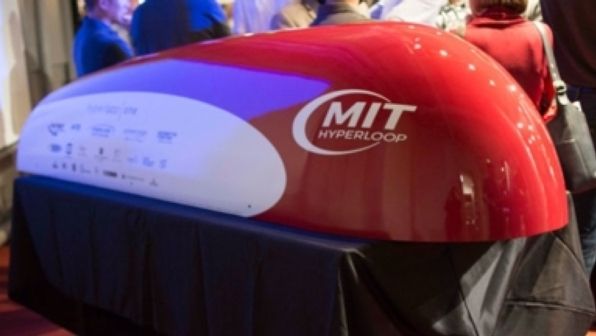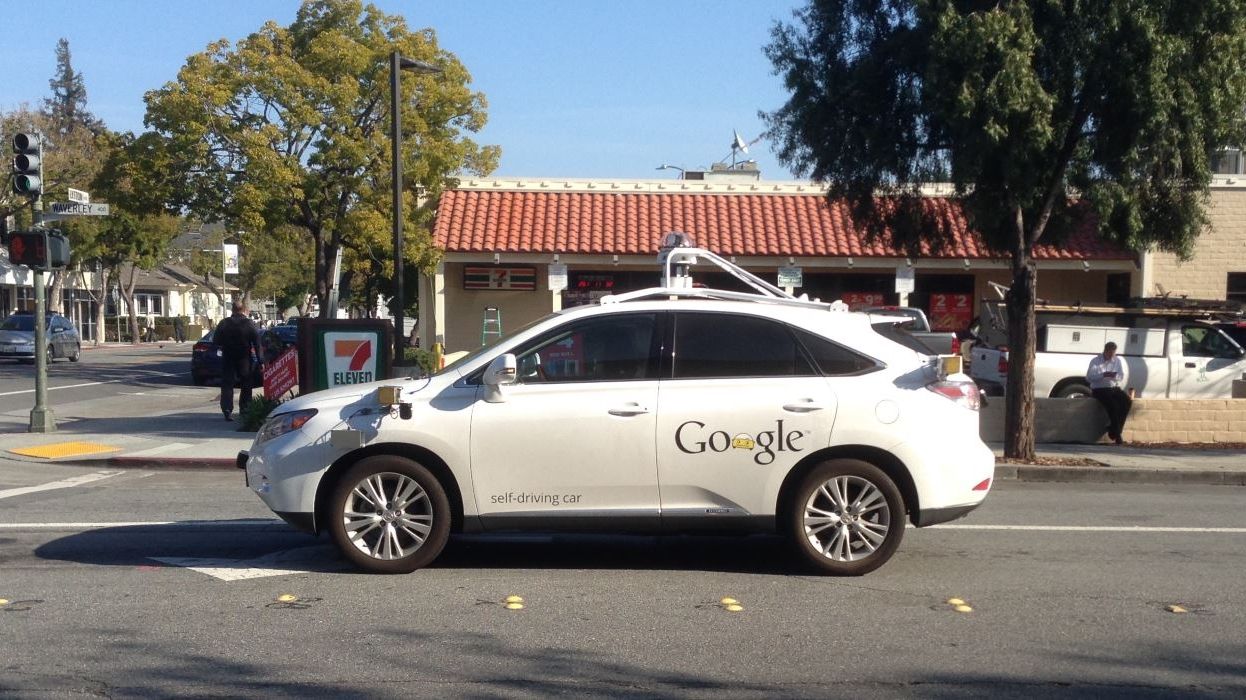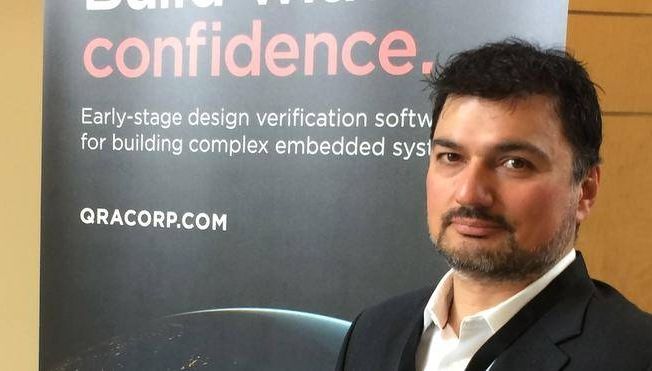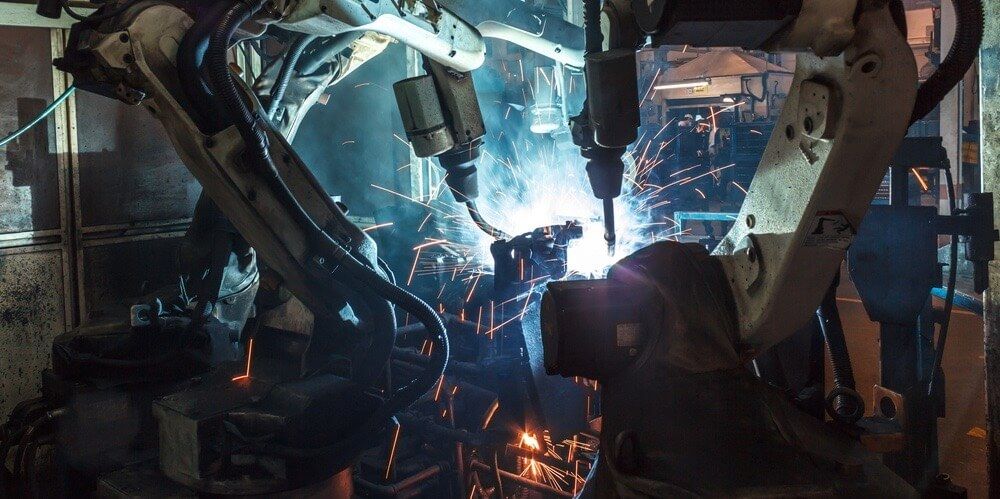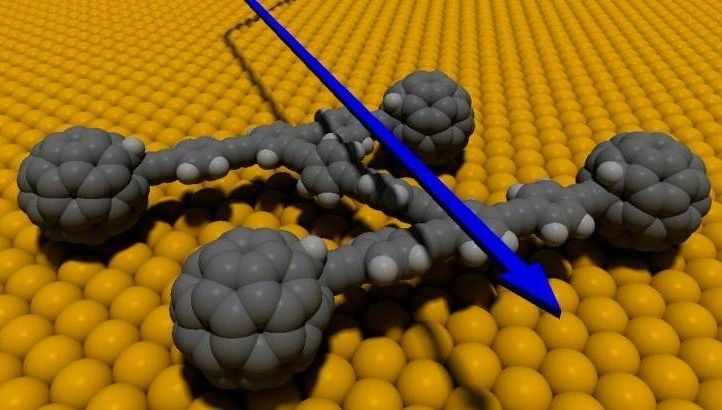Archive for the ‘transportation’ category: Page 555
May 13, 2016
Mind-controlled car unveiled in China — By Madhumita Murgia | The Telegraph
Posted by Odette Bohr Dienel in categories: thought controlled, transportation
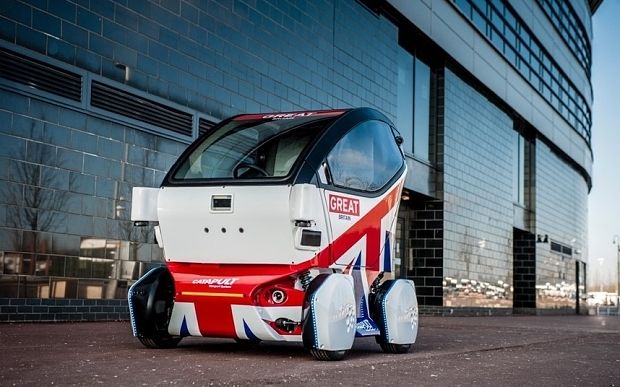
“Chinese researchers have developed a car that is controlled by your thoughts. Could it be the future of driving?”
Tag: China
May 13, 2016
Google will pay people $40,000 a year not to drive their self driving cars
Posted by Shailesh Prasad in categories: robotics/AI, transportation
Thinking about a change of career? Google’s got a heck of a job offer for you. They’ll potentially pay up to $40,000 a year for you to not drive one of their autonomous cars. That’s based on base pay for $20 per hour working full time hours (40 hours a week).
There has to be some kind of catch, you say? Of course there is. Google isn’t just planning on throwing money at people to ride around with an AI chauffeur while sucking on slurpees and binge-watching Netflix from the non-driver’s seat.
No, you’ll actually have to pay attention. Google’s cars have logged plenty of hours on real roads, but there are still going to be times when the car doesn’t know how to handle a situation — say, sharing a narrow section of road with an oncoming bus. Since there’s no way of knowing when you’ll need to lend a helping hand (or foot), you need to be ever vigilant behind the wheel.
Continue reading “Google will pay people $40,000 a year not to drive their self driving cars” »
May 12, 2016
Hyperloop One conducts first test of propulsion mechanism in Nevada desert
Posted by Karen Hurst in categories: Elon Musk, transportation
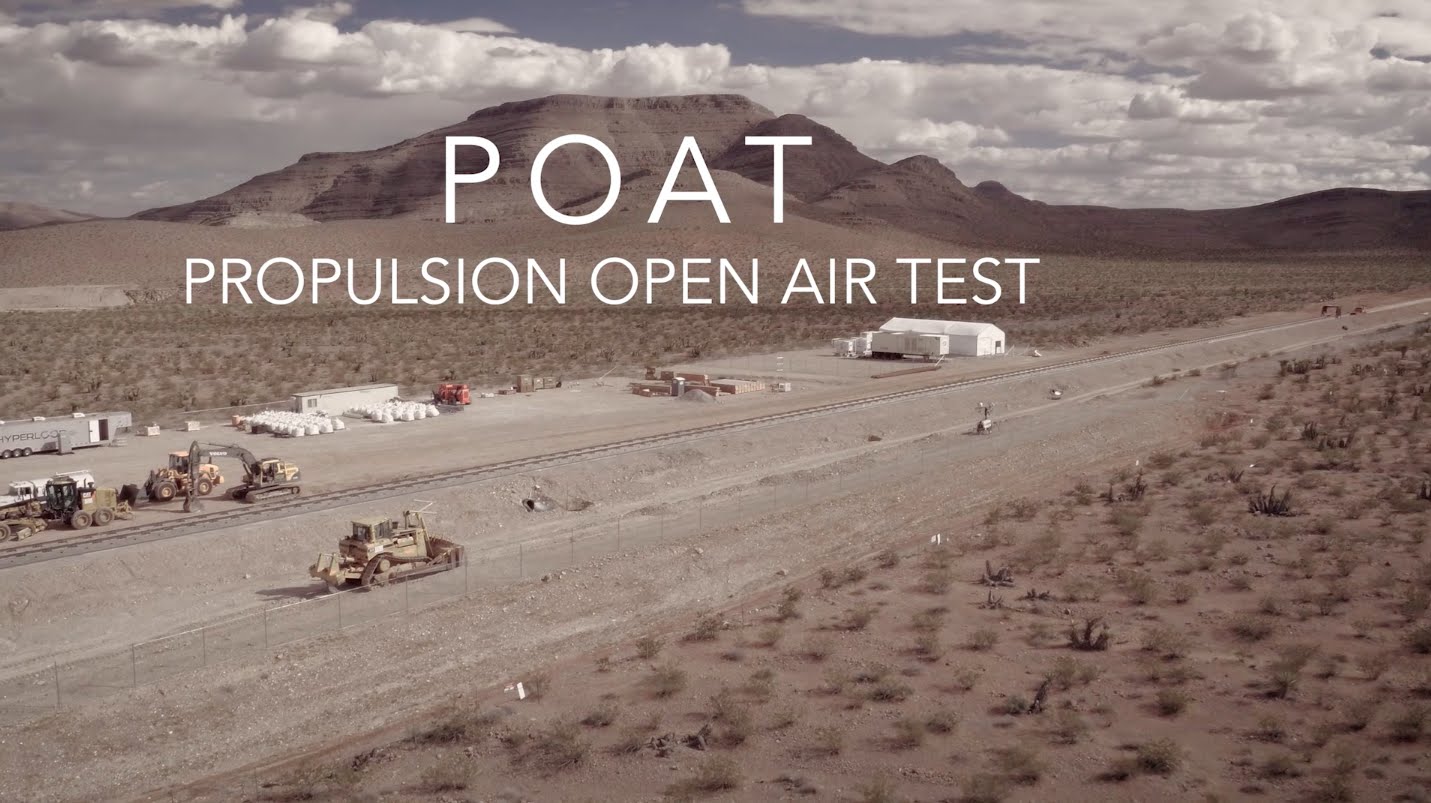
https://youtube.com/watch?v=1e-Po9C8Kj8
They’re just showing off again — I cannot wait until this thing is fully operational and expanded.
LOS ANGELES, May 11 (UPI) — Hyperloop technology enjoyed its first public test on Wednesday.
Continue reading “Hyperloop One conducts first test of propulsion mechanism in Nevada desert” »
May 12, 2016
Quantum research that could enhance self-driving vehicles now a $6M commercial venture
Posted by Karen Hurst in categories: computing, quantum physics, robotics/AI, transportation
I am so happy to see others seeing the value because Quantum is changing everything; not just computing, raw material enrichment, medical technology and treatments, etc. Once more and more folks start seeing the various capabilities around Quantum and just how wide that range is; we will begin to see an explosion of demand for Quantum. We’re still in that mode of discovery, and wait and see state by some. However, the Quantum Revolution will exceed even the industrial revolution with the span of change that it brings across so many areas & industries.
Quantum physics research that could enhance self-driving vehicles and spearheaded by a Dalhousie University team is now a $6-million commercial venture that counts U.S. aerospace giant Lockheed Martin among its partners.
What started as a theoretical research project backed by Lockheed Martin hit paydirt when physics professor Jordan Kyriakidis realized quantum software could be used to perfect the design and operation of self-driving cars and new aircraft.
May 11, 2016
How toy street lamps are shedding new light on quantum computing
Posted by Karen Hurst in categories: computing, quantum physics, transportation
“ALL ABOARD” the QC train is leaving the station.
If you’ve ever had a train set, you might remember the tiny street lamps that are often part of the model landscape. Today, the bulbs from those toy lamps are helping to shed light on quantum computing.
In fact, there’s been a spate of developments lately in quantum computing, and not just IBM’s announcement of its upcoming cloud service. Here are three recent advances from research institutions around the world.
Continue reading “How toy street lamps are shedding new light on quantum computing” »
May 11, 2016
These Five Exponential Trends Are Accelerating Robotics
Posted by Klaus Baldauf in categories: robotics/AI, transportation
If you’ve been staying on top of artificial intelligence news lately, you may know that the games of chess and Go were two of the grand challenges for AI. But do you know what the equivalent is for robotics? It’s table tennis. Just think about how the game requires razor sharp perception and movement, a tall order for a machine.
As entertaining as human vs. robot games can be, what they actually demonstrate is much more important. They test the technology’s readiness for practical applications in the real world—like self-driving cars that can navigate around unexpected people in a street.
May 11, 2016
GM Executive Credits Silicon Valley for Accelerating Development of Self-Driving Cars
Posted by Dan Kummer in categories: robotics/AI, sustainability, transportation
These automaker knuckleheads were planning to try and hide self driving cars into the 2030’s:
Head of GM’s foresight and trends unit says timetable for autonomous vehicles likely moved from 2035 to 2020, if not sooner.
A General Motors Co. executive credited Silicon Valley companies, including Alphabet Inc.’s Google car division and Tesla Motors Inc., for accelerating the development of autonomous vehicle technology and shortening the timetable for when safer self-driving cars hit the road.
May 10, 2016
Nanocars rev up for the world’s biggest small race
Posted by Karen Hurst in categories: nanotechnology, particle physics, transportation
Get ready for the 2016 Nano Grand Prix.
Nanotechnology is going to the next level, with minuscule racing cars made of individual atoms.
Elegance, speed, comfort and sustainability – fusing to a new form of traveling, defining a completely new form of freedom. This is the Lilium Jet, the world’s first electric vertical take-off and landing jet.
Start your journey from anywhere and travel faster and more elegantly than in your boldest dreams. 400 km/h top speed – 500 km range. The future of aviation begins now.
